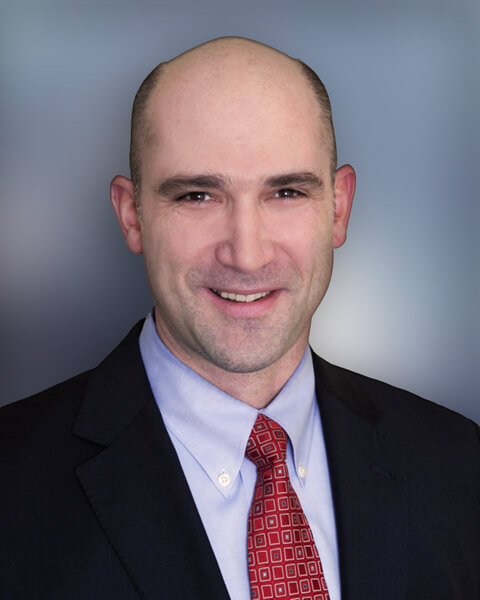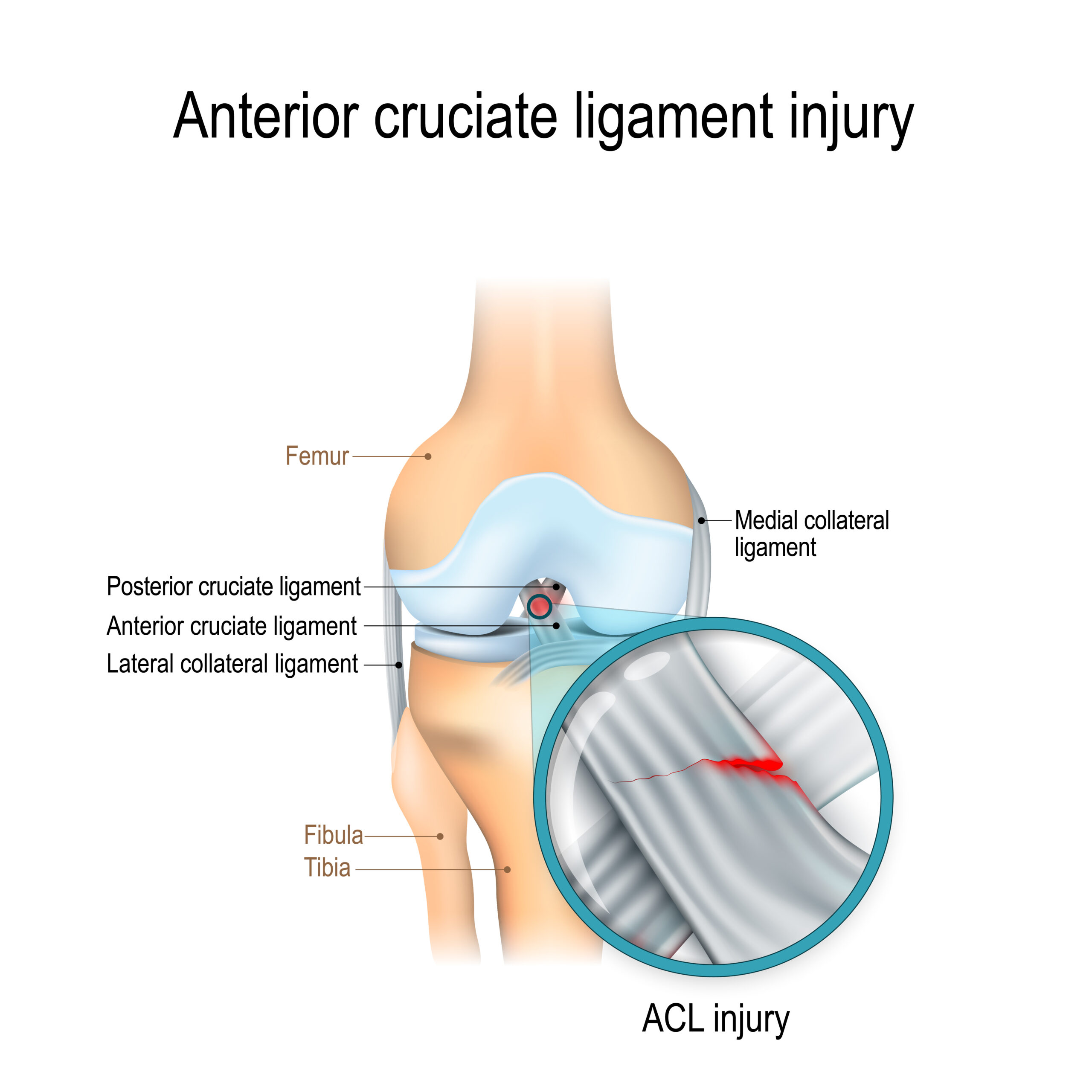BEAR ACL: The Innovative New Implant for Torn ACL
The anterior cruciate ligament (ACL), is one of the four major ligaments in the knee joint. It runs diagonally in the middle of the knee, connecting the femur (thighbone) to the tibia (shinbone). The ACL is crucial for stability during activities that involve cutting, pivoting, and sudden stops or changes in direction, commonly seen in sports like soccer, basketball, and football.
What is an ACL Injury?
ACL injuries can range from mild sprains to severe tears, depending on the extent of damage to the ligament. These injuries occur most frequently in sports, after experiencing a hard hit to the side of the knee, overextend the knee, or come down on the knee too hard when jumping or turning quickly. When the ACL is injured, it often causes symptoms such as immediate pain, swelling, and instability in the knee joint. You may also experience a popping sensation at the time of injury.
How are ACL Injuries typically treated?
Minor ACL sprains may be able to heal with conservative treatment, such as physical therapy or regenerative medicine. If the ACL is completely torn, surgery will be needed to repair the ligament. Traditional treatment is an ACL reconstruction surgery, where the damaged tissue is removed and replaced with a graft, provided from a donor or harvested from another area of the body. Recovery from a reconstruction surgery can be a lengthy process as it takes time for the graft to form a new ligament.
What is the BEAR Implant?
The Bridge-Enhanced ACL Restoration (BEAR) is an innovative procedure that allows the body to heal a torn ACL without replacing the ligament with a graft. In this procedure, a bridge-like implant is placed between the torn ends of the ACL. This implant is made up of a type of collagen that absorbs naturally into the body and promotes growth of new tissue, thus bridging the gap between the torn ligament.
What are the benefits to BEAR vs the traditional ACL reconstruction?
The BEAR procedure has many benefits, including:
- Preservation of natural ACL tissue
- Harnesses the body’s natural ability to heal
- Decreases post-operative pain and time needed to recover from harvesting a graft
- Similar return to sports timeline with equivalent or improved results
- Long-term studies have shown decreased incidence of arthritis
Who is a candidate for the BEAR Implant?
The criteria for BEAR ACL Restoration vary depending on factors such as the type of tear, the duration since the injury, and any additional knee injuries present. Your physician will play a crucial role in assessing these factors and determining the most suitable treatment plan for you.
What does the recovery process look like?
The recovery processes for BEAR ACL and ACL reconstruction differ due to the distinct approaches to weight bearing and physical therapy. BEAR involves protected weight bearing and a relatively conservative physical therapy protocol initially, while ACL reconstruction typically includes immediate weight bearing and a more aggressive PT regimen.
As with any surgical procedure, the decision to undergo the BEAR ACL technique should be made in consultation with a qualified orthopedic surgeon who can provide individualized recommendations based on the patient’s specific condition, injury severity, and treatment goals. Dr. David Junkin and Dr. Paul Haynes of Seaview Orthopaedics have over two years of collective experience performing this procedure, having successfully completed 25 cases with outstanding outcomes.

Meet Dr. Paul Haynes
Dr. Haynes is Board Certified in General and Pediatric Orthopaedic surgery. His areas of expertise include Pediatric Sports Medicine, treatment of scoliosis and spine deformity; treatment of neuromuscular and congenital disorders and syndromic musculoskeletal abnormalities; treatment of limb deformity and limb length discrepancies; treatment of hip disorders such as slipped capital femoral epiphysis, dysplasia, and Perthes disease; trauma; and general Pediatric Orthopaedics disorders.

Meet Dr. David Junkin
Dr. Junkin is Board Certified in Orthopaedic Surgery and specializes in arthroscopy of knee, shoulder and ankle, including ACL reconstruction and rotator cuff repair. He also performs joint preserving and joint replacement procedures for arthritis of the knee and shoulder, including reverse total shoulder replacements.


